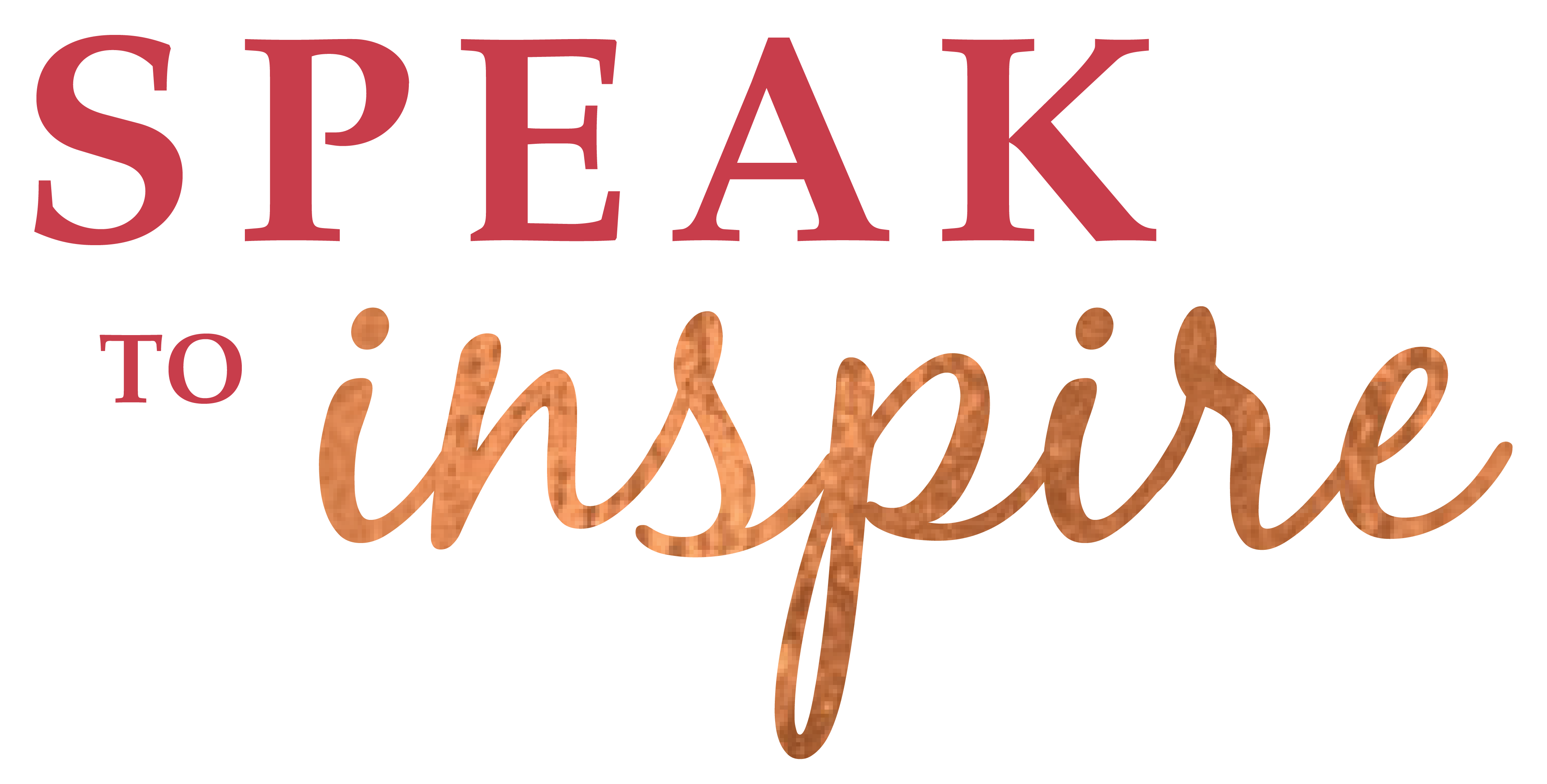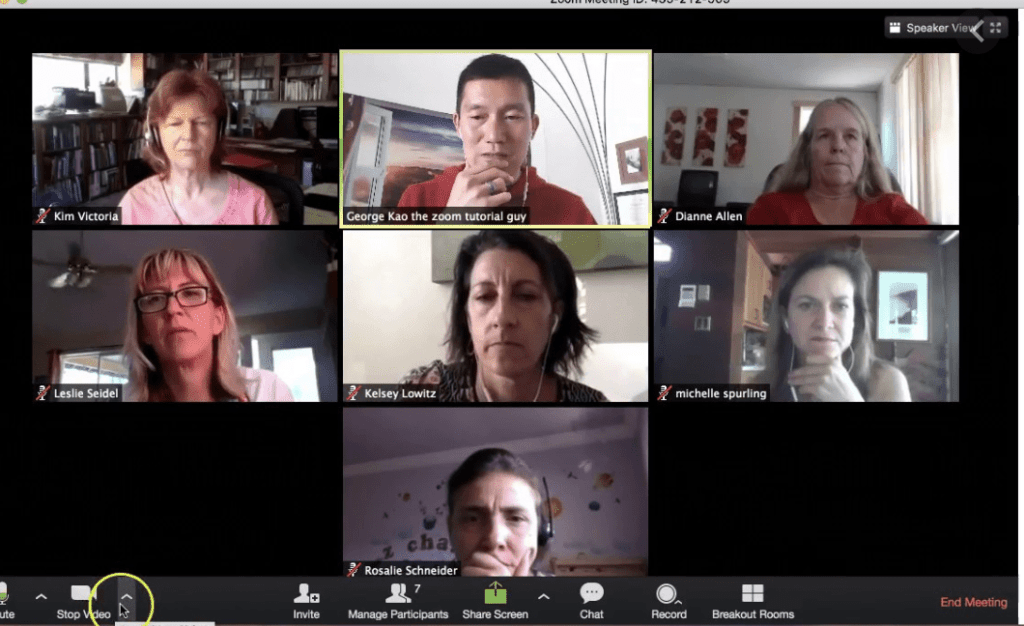Meetings, panel discussions, interviews– even client meetings! You end up talking over someone or awkwardly interrupting. Then, waste time apologizing or picking up the loose ends. Then after a few times of this you stop trying all together and keep your ideas to yourself.
There are new challenges to our virtual speaking world. Speaker handoffs is a big one.
In this post we’ll explore some common situations where there are transitions between speakers and how you can most gracefully handle these moments to come across as a leader.
Meetings
In team meetings or any group situation over a video conferencing tool it can be challenging to get your voice heard without talking over others. It also a facilitation challenge for leaders.
First of all, it’s up to you to make sure your voice is in the conversation. Don’t wait for permission or a comfortable, open space to insert your opinion. It may never come. In fact, it often doesn’t because there is usually someone on every team who is the loudest voice and dominates the conversation.
Of course it would be nice if every company had a meeting culture established that was inclusive, empathetic and clear about structures that support introverts to share more. It would also be really nice if every leader knew how to facilitate this culture. But, these aren’t always the case. So, instead you’ll have to take the spotlight when you have something to share.
Or, if you are the leader of the meeting, make sure to set up clear agreements at the beginning of the session. These include all kinds of practical details like how long we have together, when we’ll take breaks, the order of content and who’s sharing when, and how discussion will be handled.
These kind of clear practical agreements become even more imperative in virtual formats. As the leader of the meeting you can be creative in how you create a structure for the contributions of others. Here’s some options of what you could say at the beginning:
-
-
- “I want to hear everyone’s thoughts on this topic, so we’ll go around and each of you will have 1 minute to weigh in.”
- “Please write your questions in the chat box as the come up and I’ll pause after every section to answer them.”
- “It’s important that we have an open discussion about this topic. When you have something you’d like to contribute, please click the “raise hand” button and I’ll make sure you get your time.”
-
Also, be clear about who is in charge of muting and unmuting. I recommend that one person does this to avoid confusion.
We all miss the fluidity of an in-person meeting where we can see more of each other’s non-verbal communication but in the meanwhile these simple tips will help to facilitate smooth conversation as well as get everyone’s voice in the room.
Panel Discussions
Similar to most meetings there is a leader/facilitator in panel discussions and then there are contributors. Even more so with panel discussions there is a clear moderator of the conversation.
So it’s even more important for the moderator to lay out clear ground rules of how she’ll pass the baton from person to person. Instead of having a totally fluid conversation that’s improvised I recommend having a plan ahead of time how you’d like to organize the time.
Do you want each panelist to answer each question? Do you want to focus on one presenter for a few questions, and then move to the next? Are you open to comments from the other panelists? There’s not necessarily one better way, but it’s important to make a clear decision how you’d like to facilitate.
Also, it’s the moderator’s role to keep the panelists on track. If a panelist is going on and on or circling around, make sure to interrupt (politely) and redirect them. This is tricky on video though. I recommend giving your panelists a heads up that you might interrupt them so they don’t think it’s a mistake or a tech glitch. You can make it more obvious that you are interrupting by saying a transition statement like, “Yes, Sarah, thank you, that makes a lot of sense. Sam, what do you think of this topic?”
Also, give your panelist clear directions on how to handle the technology. It can make things easier if everyone is left unmuted (if they are in quiet locations). Or, the moderator can be in charge of unmuting.
When it’s clear who is the focus of the conversation at any given moment you’ll have an easier time bouncing off each other and making it sound like a natural, flowing conversation.
Fireside Chats/Interviews
This format doesn’t have a leader as much and functions more like an open discussion. There are usually only two people in the mix here: the host and the invited guest.
What becomes important here are practical details like, how long will this conversation go on? what is the focus of the conversation? what isn’t? How many questions will the host ask (if you know ahead of time)?
It’s on both speakers to maintain the momentum of the conversation. Avoid leaning on the host to facilitate everything or direct the conversation. The guest has just as much power in this situation. I’d argue even in job interviews this is true.
So, think of how you navigate back-and-forth conversations with friends. You’re listening closely to what they are saying and then adding on to that when you sense they have completed a thought.
Other than this basic intuitive hand-off, questions are a great way to pass the baton to each other. One person might share their opinion about the topic, and then say, “That’s what I’ve seen in my experience, what do you think about this, John?”. This indicates an invitation for the other to speak obviously.
Even on virtual formats it’s ok to let out small reactions to the other person’s remarks like, “yes”, “totally”, “mmhmm”, “I know!”, “oh my gosh”, etc. This adds to the conversational vibe and shouldn’t interrupt the flow between you or with the technology.
Keep it conversational and use questions to facilitate easy back-and-forth discussion where each person weighs in more or less equally.
I hope these tips help you to navigate the new waters of virtual speaking. There are some calibrations we all have to make and learn about in order to succeed in this new format.

